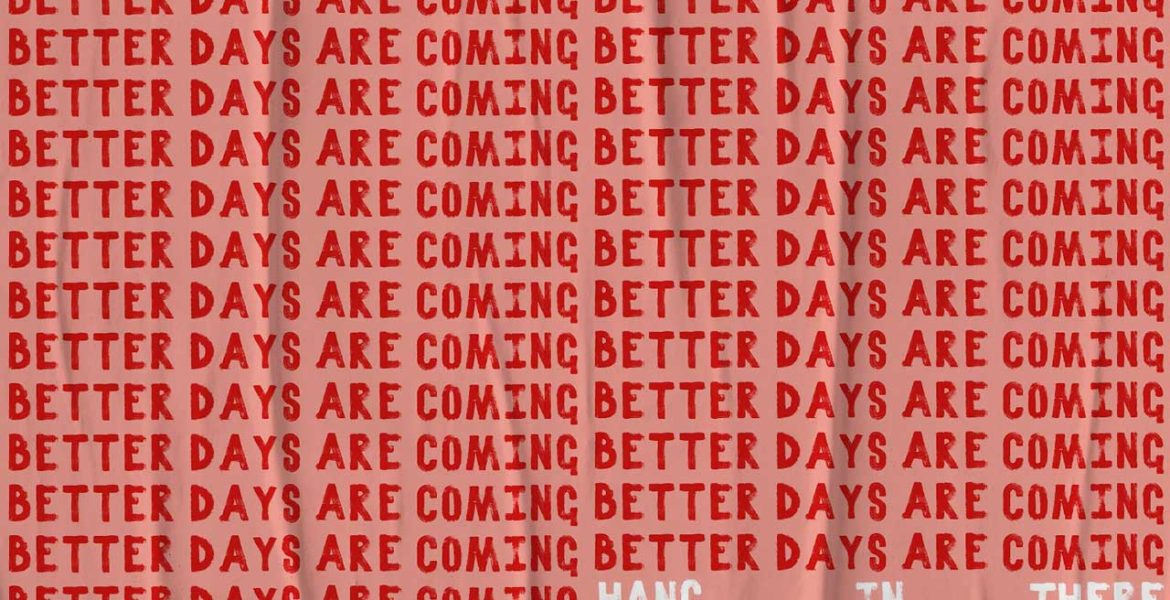Advertising is experiencing a crisis in creative effectiveness that stems from the financial pressures’ brands have faced over the past 15 years. These have led marketers to pursue short-term sales activation over the long-term brand building, with an emphasis on easy-to-measure, direct response tactics designed to drive sales via price-focused messaging.
Most of the world’s marketers have been working from home during the 2020 coronavirus pandemic. With the world on lockdown, advertising budgets have come under significant pressure, and many industry surveys such as Advertiser Perceptions have shown brand advertising budgets will be under more pressure than short-term, performance marketing budgets.
Meanwhile, new ads that are being made right now are, in the main, remarkably difficult to tell apart. Some creative basics seem to be lacking, and this at a time when companies can least afford to waste advertising investment. Montages show that recent ads look and feel the same: early frames with somber music; identical “We’re all in this together” messages; music becoming more upbeat as customers smile, and brands announce with one voice that they will be “by your side” during and after the crisis. It got so common that it got neatly summarized in a YouTube montage that made fun of the ‘sameness.’
Yet the art and science of marketing effectiveness tell us that the companies and brands that do bounce back and thrive in the wake of COVID-19 will be those that embrace the principles of creative effectiveness to drive engagement. Simply growing share of voice and expecting to increase the share of the market is not sufficient. Brands need to grow share of voice with the right creative content.
Far from being an immeasurable dark art, creativity can and should be measured in terms of its impact on advertising effectiveness. The most widely-used approach for connecting advertising to sales impact – marketing mix modelling – has focused exclusively on optimizing media channel investment splits and the deployment of each channel in terms of lay down for too long. Yet the greatest improvements in ROI are, in fact, generated by developing the right creative content rather than simply optimizing the media channel mix.
Researchers such as Peter Field and Les Binet have noted that more emotional, narrative ads – particularly those delivered using video formats – are more effective in terms of driving return on investment. Moreover, the long-term impact of these ads lasts significantly longer – months and years longer – than creative executions lacking these attributes.
Advertising ROI, however, is not just a function of emotional narratives. Otherwise, all the increasingly similar, empathetic ads on TV screens during the pandemic would work optimally. Effectiveness derives from brands investing in creating and supporting distinctive brand assets and collections of assets known as fluent devices. These assets can be visual (logos, fonts, colors, shapes), verbal (brand names, taglines, ownable brand language), and auditory (sonic branding, from the Intel Inside jingle to the 20th Century Fox fanfare). Once well-established, the presentation of distinctive assets brings brands to mind more easily, shortcutting and accelerating the process of brand recognition and, in turn, triggering the faster, more emotionally driven thinking mechanisms. This phenomenon occurs at the expense of competitors and makes consideration and purchase more likely by ensuring that consumers will think about them favourably. The insurance sector has several strong examples of this long-term thinking and utilization of brand assets. Brands like Geico continue advertising consistently – and even through crises like COVID-19. While those ads might shift in tone and tenor to adapt to the times, the branding, messaging, and use of gecko character remain consistent, leading to ongoing recognition triggers.
It seems that many brand directors have forgotten the importance of these recognition triggers in creatives developed during COVID-19.
Econometric techniques including market mix modelling can account for a significant proportion of advertising effectiveness driven by creativity. Our research has shown how shifts in consumer perceptions – measured by brand health and equity measures – link to long-term growth of brands. These insights will matter most in the wake of COVID-19, as we formally move into recession and advertising budgets become an investment to grow share as the markets return. Brand equity modelling provides the last piece of understanding in unpicking the puzzle of how creativity drives advertising effectiveness.
To perform optimally, ads need to tell emotional narratives and deploy strong, distinctive brand assets. However, to change the trajectory of brand performance in the long term, creative also needs to convey the right messages and, in this way, shift brand perceptions.

